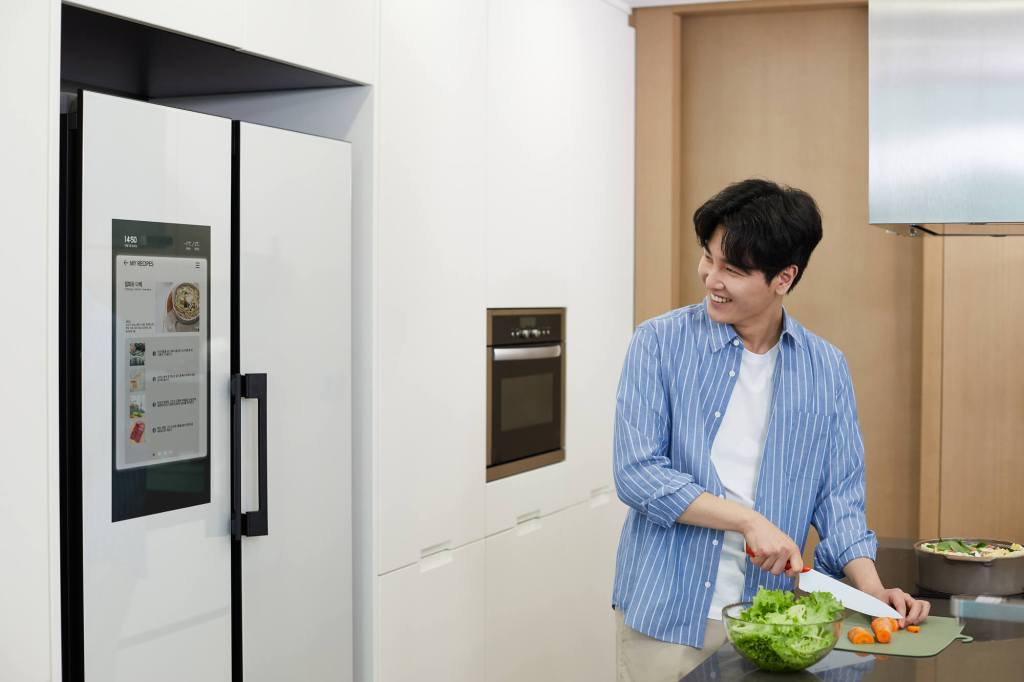The Connected Consumer is not only adding new connections regularly but reconfiguring old ones as well. Media devices are seeing old connections cut, new connections added or hybrid connections that create a change in primacy of one connection over another.
Let’s consider the TV set, or to think of it in the broadest sense, the “television-centric entertainment system” in each home. Aside from the set itself, these can include connections to a pay TV service and to devices such as videogame consoles, Blu-ray players, DVRs, and digital media players – and some or all of the devices can have their own connection to the home’s internet.
An ever-changing system of connections
GfK’s benchmark household measure, the Ownership and Trend Report from The Home Technology Monitor™, has been measuring such home TV systems for 36 years. In those years, we’ve seen devices go through complete life cycles (VCRs), reach maturity (DVD players), die early (laserdiscs, 3-D sets) and achieve multiple reincarnations (videogame consoles). But the continuing theme is that since the early 1980s, with the emergence of cable TV and VCRs, the television has been a connected device within an ever-changing system of connections.
In today’s living rooms, we see the constant evolution of connections to the TV continue. Most notably, the pay TV connection to the TV set – now including not only cable TV but satellite and telco TV service – appears to be eroding ever more quickly. Although the loss of subscribers is a slow trickle, the drops in that trickle are getting bigger, so that we saw a statistically significant decrease in pay TV subscribers in the past year – this compares with prior years when it has taken two to three years to add up to a significant decline.
Going digital: The current landscape
Our trend data shows that those homes which have cancelled pay TV service have grown more affluent and more connected to digital sources of video content over the past five years – changing the decision from one dominated by a home’s financial situation in the wake of the Great Recession to increasingly being a lifestyle choice among homes that could afford pay TV if they wanted it.
The decline in that wired connection has been offset by more reliance on the original wireless connection (broadcast TV) and by increased connections to both internet-connection devices and internet services. Over the past five years, our trend data shows that homes actually using an internet-connected device to watch TV or movies on a TV set has grown three-fold, from 15% of all TV homes in 2011 to 43% in 2016.
An evolution of connections: Streaming and SVOD services
Even among these new streaming devices connected to a TV set, there has been an evolution of connections. Five years ago, the most common way to stream to a TV set was through a videogame console; today, digital media players (such as a Roku and Apple TV) outdo both videogame consoles and smart TVs as the way to get streaming content to a TV set.
And, of course, hand in hand with the evolution of streaming to a TV set has been the rise of the streaming service, connected to the set through the internet-connected TV device. In the USA, Netflix is the dominant SVOD service and has effectively eliminated its DVD-mail-rental sibling (making the DVD/Blu-ray player a less valuable connection for your TV set). With larger SVOD services (Amazon, Hulu) slowly increasing market share, and a bevy of smaller SVOD services servicing niche audiences, the streaming-to-TV connections will only get more and more complicated as consumers try to build their own streaming bundles to get connected to the content they want.
Will the TV set remain at the forefront of the connected revolution?
The TV set – being for decades the most important media device in people’s lives – has been at the forefront of the connected revolution, despite being “under the radar” in comparison with shiny new devices like smartphones or tablets. Whether it was analog, wired connections to a VCR or digital, wireless broadband connections to the internet, the system of devices and services connected to TV sets has been in constant motion and disruption for many years.
Thus, TV screen stakeholders – whether broadcast, cable, or streaming – have an imperative to track and understand innovation and consumer attitudes towards the TV set and the content sources feeding to it. Whether it’s long-term trends from The Home Technology Monitor, audience segments from GfK MRI, or changes in consumer attitudes from GfK Consumer Life/Roper Reports, GfK stands ready to be an engaged partner to help our clients understand where media has been, where it is, where it will be, and how to best harness that knowledge to drive business success among Connected Consumers.
Get similar insights – and many more – as soon as they get published by subscribing to The Home Technology Monitor in 2016. Aside from our annual Ownership and Trend Report, our report topics this year include Comparing Streaming Services, Over-the-Top TV, Digital Media Players, and Physical-Digital Video.




